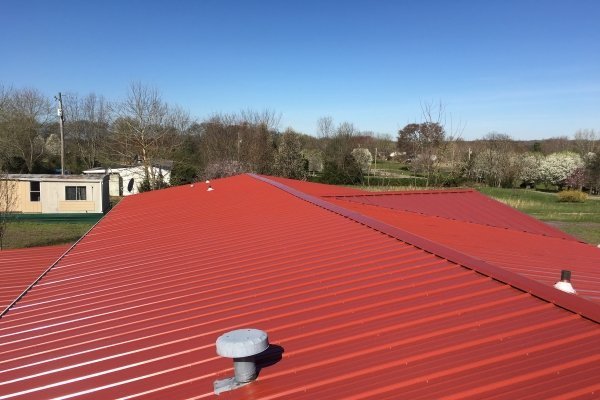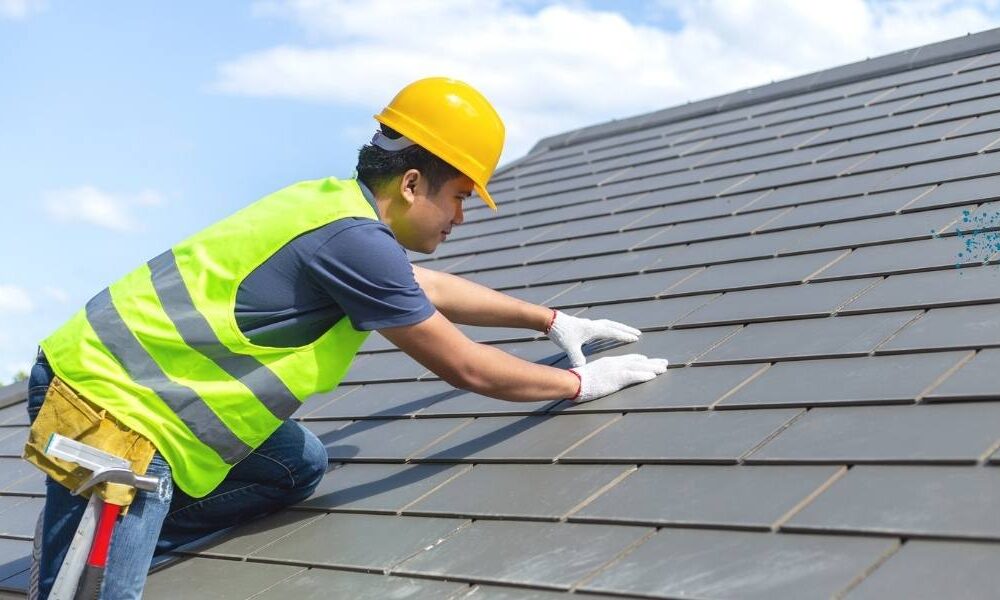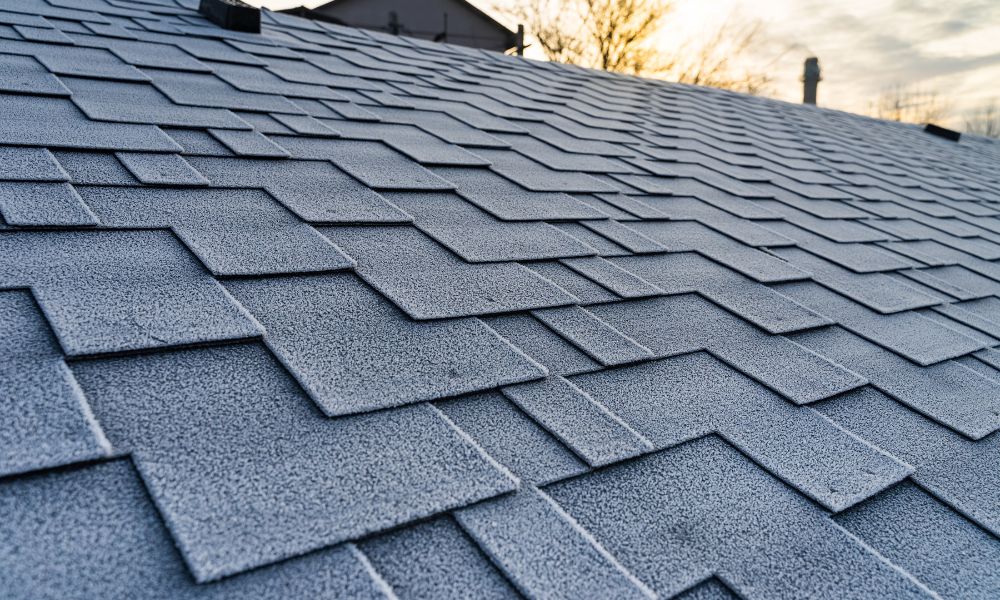When it comes to creating an energy-efficient and well-insulated home, the role of roofing should not be underestimated. A properly designed and installed roof can significantly impact the overall energy efficiency of a building and contribute to reduced energy consumption, lower utility bills, and a more comfortable living environment.
1. Insulation
One of the primary functions of a roof is to provide insulation, preventing the transfer of heat between the interior and exterior of a building. Proper insulation helps maintain a consistent indoor temperature, reducing the need for excessive heating or cooling and decreasing energy usage.
Roof insulation can be achieved through various materials, such as fiberglass, cellulose, or spray foam. These materials are installed between the roof structure and the interior living space, creating a barrier that minimizes heat flow. Insulation also helps prevent moisture buildup and condensation, which can lead to mold growth and structural damage.
2. Reflectivity
The reflectivity of a roof refers to its ability to reflect sunlight and solar radiation rather than absorbing it. Roofs with high reflectivity reduce heat absorption, keeping the building cooler and reducing the need for air conditioning. This can be particularly beneficial in hot climates or during the summer months.
Many modern roofing materials, such as metal roofs or certain types of asphalt shingles, have high reflectivity ratings. Additionally, roof coatings can be applied to existing roofs to enhance their reflectivity. These coatings are typically white or light-colored and help reflect a significant portion of solar radiation.
3. Ventilation
Proper roof ventilation is crucial for maintaining energy efficiency and preventing moisture-related issues. Adequate ventilation helps remove excess heat and moisture from the attic, preventing the accumulation of hot air which can transfer to the living space below.
Roof vents, such as ridge vents, soffit vents, or gable vents, allow for the exchange of air between the attic and the outside environment. This reduces the strain on air conditioning systems, promotes better airflow, and helps prevent the formation of mold or mildew.
4. Sustainable Roofing Materials

Choosing sustainable roofing materials can have a significant impact on energy efficiency and insulation. Materials such as metal, clay tiles, or green roofs not only provide excellent insulation properties but are also durable and environmentally friendly.
Metal roofs, for example, have a long lifespan and are highly reflective, reducing heat absorption and lowering cooling costs. Clay tiles have excellent thermal properties and can help regulate indoor temperatures. Green roofs, which consist of living vegetation, provide natural insulation and help reduce heat island effect in urban areas.
5. Maintenance and Repairs

Regular roof maintenance and timely repairs are essential for maintaining energy efficiency and insulation. Inspecting the roof for any damage, leaks, or deteriorating areas can prevent heat loss or air infiltration, ensuring optimal insulation performance.
Addressing issues promptly and conducting routine maintenance tasks such as cleaning gutters, removing debris, and replacing damaged shingles or flashing can help preserve the energy efficiency of the roof.
The role of roofing in energy efficiency and insulation should not be overlooked. By focusing on proper insulation, reflectivity, ventilation, sustainable materials, and regular maintenance, homeowners can create a more energy-efficient and comfortable living environment while reducing their carbon footprint.




